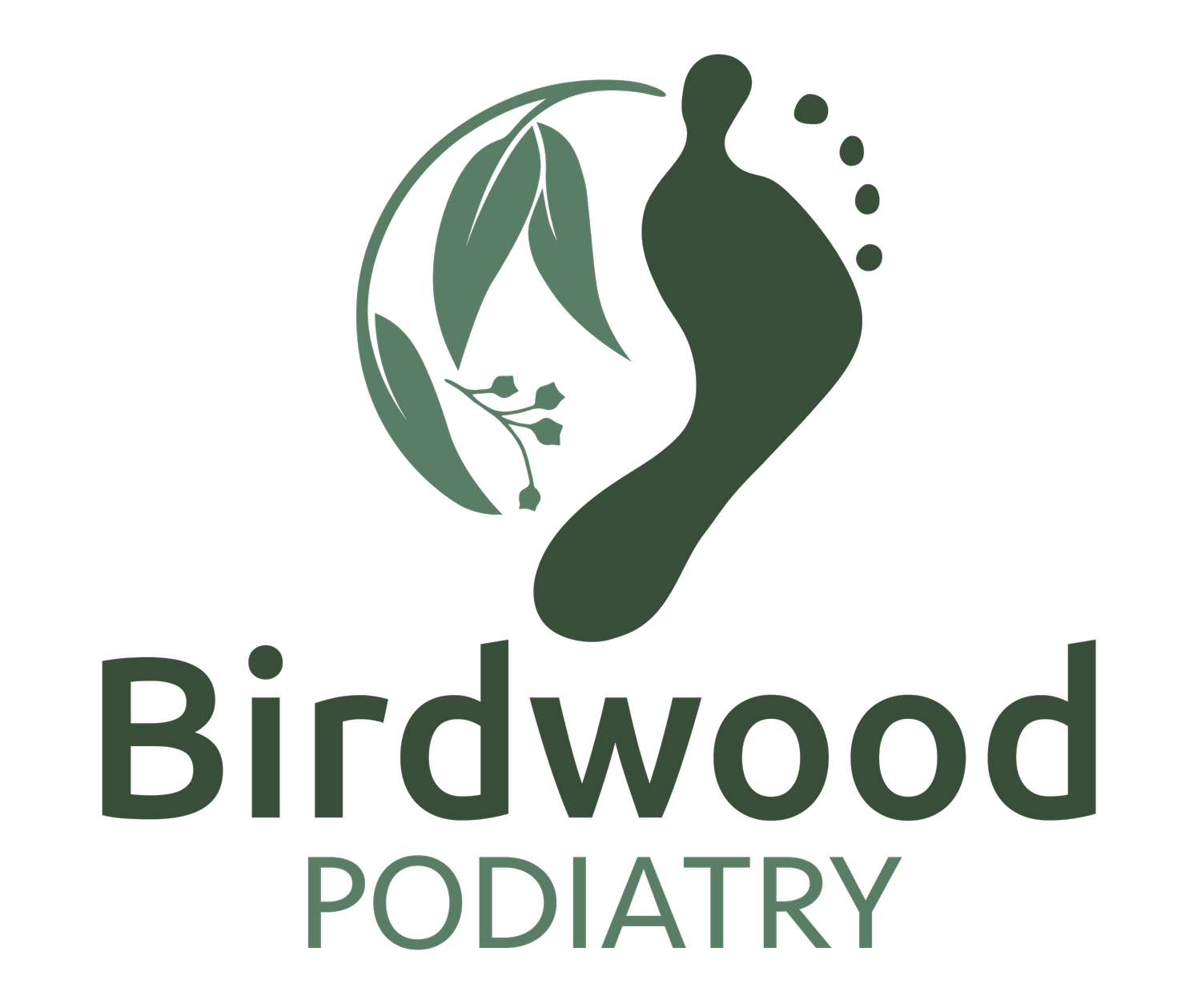Falls Prevention and Assessment
Falls are Australia’s leading cause of injury hospitalization and death, representing 43% of injury hospitalisations and 42% of injury deaths.
Source: Australian Institute of Health & Welfare
It is daunting statistic! However, we aren’t here to scare you! Read on for some of the ways your podiatrist can help you to prevent falls and assess your level of risk.
For people over the age of 65, falls and the impact that they can have on our bodies is a very real part of life. If the factors that contribute to falls are determined and also mitigated, then a lot of falls can be prevented.
Foot problems are a big contributor to falls and as we get older, we are more likely to experience changes to our feet. Changes to the shape and flexibility of our feet are common. These changes can affect both our balance and the way we walk. Sore, aching or tired feet can also make walking difficult at times - prohibiting us from staying active and independent. Some foot problems, such as loss of sensation. can also be the first sign of more serious medical conditions like diabetes, circulation or nerve problems. Many elderly people experience a decline in balance and muscle strength. Then, add in further complications of visual and vestibular compromise, all increase the risk of falling.
Foot problems that can contribute to a fall include:
Difficulty walking
Arthritis
Foot pain
Decrease in muscle strength
Toe deformity
Decreased range of motion in the joints of the foot
Gait impairment
Inappropriate footwear
The risk of falls and associated complications rises steadily with age and can be a marker of increasing frailty. Frailty is not clearly defined but is widely accepted to include a combination of weight loss, fatigue, reduced grip strength, diminished physical activity or slowed gait.
Aging is inevitable… So what can we do to reduce falls risk?
Fall prevention is possible through proper care of your feet and regular consultation with a Podiatrist who will assess your risk of a fall and also address any conditions to reduce your overall risk.
Booking in for a Falls Assessment has an important role to in play in reducing an individual’s risk of falls through:
Identifying and correcting underlying biomechanical and gait abnormalities
Assessing and treating foot pain
Prescribing exercise programs targeting gait, balance, functional tasks, strength, flexibility and endurance
Maintenance of general foot and nail health care
Footwear advice
Prescription of orthoses if required
Mobility assistance including assessment of mobility aids if needed
At home foot care is equally important in maintaining foot health and falls prevention. Looking after your feet makes a big difference!
Continue to monitor for changes to your feet and be sure to see your doctor or a podiatrist if you notice changes such as:
The shape of your feet (eg. Bunions)
Pain or discomfort
Ulcers or injury
Swollen feet
Tingling or pins and needles or numbness in your feet
Keep your nails cut and filed - if you are unable to maintain this at home, your podiatrist can do this in your regular appointments as well as seeing to any corns or calluses.
Ask a podiatrist about ways to improve circulation and reduce pain in the legs and feet.
Foot and ankle strengthening exercises can help reduce your risk of falling.
Wearing correctly fitting, supportive shoes can greatly help reduce your risk of falling.
Certain shoes or slippers can increase the risk of falls.
Choosing the right footwear:
When choosing footwear there are a few things to consider to decrease the risk of falls.
Some helpful tips on what to look for when buying shoes or slippers:
Make sure the sole is not slippery.
Walk around in the shop to ensure that the shoe fits properly and the heels don’t slip.
Try both shoes on, as one foot may be bigger than the other, and buy for fit, not size.
Feet tend to swell during the day, so try shoes on in the mid-afternoon, with usual socks or stockings and orthotics.
Ask your podiatrist about specialist shoe stores if you're having trouble finding suitable shoes due to your particular foot issues.
What makes a good shoe?
Shoes that fit well and are in good condition
Slip resistant shoes
Shoes with the right amount of grip
Shoes with laces, buckles zips or Velcro fastenings (not slip-on shoes) to fixate the foot into the shoe
Wide heel to avoid losing balance
Wide and deep toe box for foot deformities
Firm midsole
If you feel that you are at an increased risk of falling or have previously experienced a fall, it is important to seek assistance from a Podiatrist to perform a falls assessment. We can support you in reducing the risk factors of future falls. Contact us at Birdwood Podiatry, to book a falls assessment today!
To make an appointment with one of our podiatrists for a falls assessment, give us a call on (02) 4707 6558.
Or book an appointment online here.




